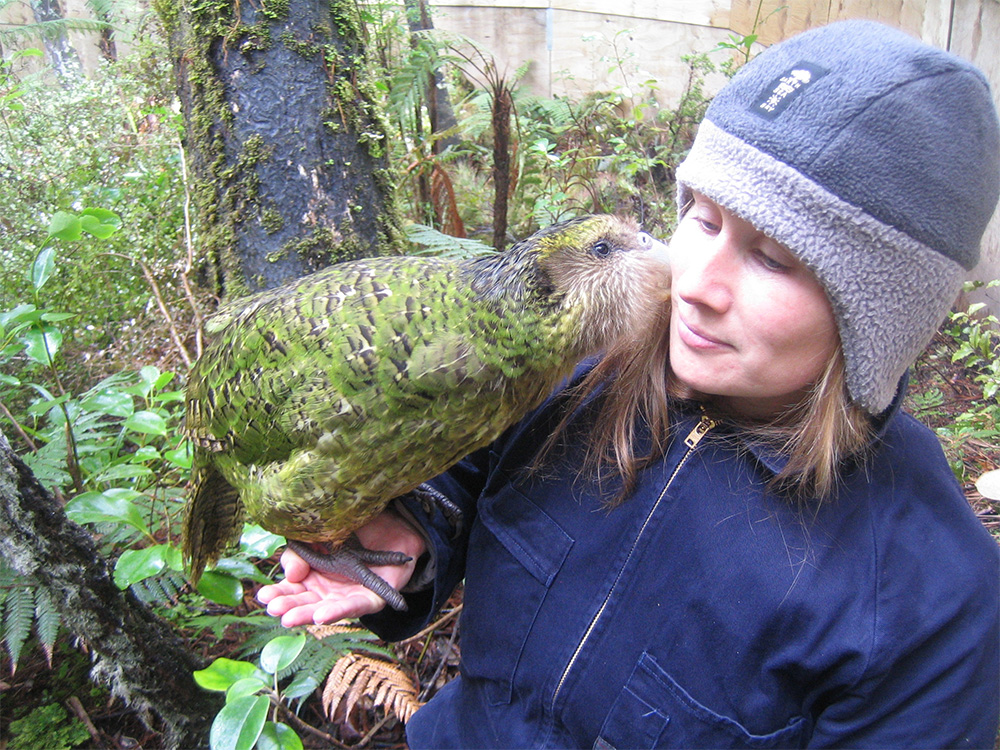December 4, 2024
The Ebiil Society: Champions of Palau
Ann Singeo, founder of our partner organization the Ebiil Society, shares her vision for a thriving Palau and a flourishing world of indigenous science!
We use cookies to help you navigate efficiently and perform certain functions. You will find detailed information about all cookies under each consent category below.
The cookies that are categorized as "Necessary" are stored on your browser as they are essential for enabling the basic functionalities of the site. ...
Necessary cookies are required to enable the basic features of this site, such as providing secure log-in or adjusting your consent preferences. These cookies do not store any personally identifiable data.
Functional cookies help perform certain functionalities like sharing the content of the website on social media platforms, collecting feedback, and other third-party features.
Analytical cookies are used to understand how visitors interact with the website. These cookies help provide information on metrics such as the number of visitors, bounce rate, traffic source, etc.
Performance cookies are used to understand and analyze the key performance indexes of the website which helps in delivering a better user experience for the visitors.
Advertisement cookies are used to provide visitors with customized advertisements based on the pages you visited previously and to analyze the effectiveness of the ad campaigns.

Conservationists and parrot lovers worldwide delighted in the renewed breeding success of the Critically Endangered Kākāpō thanks to novel methods in 3D-printing technology. Now, we can rejoice once more! A recent update indicates this year has continued to be a record-breaking year for Kākāpō breeding and is proving to be one of the longest breeding seasons in recent years.

Not only is this breeding season unusually long, it started early, too. Andrew Digby, a science adviser on DOC’s Kakapo’s Recovery Program commented on the thrilling development:
It’s been going on for a long time…we had our first mating before Christmas, the first chick hatched on the January 30th, the earliest a chick had ever hatched.”
In fact, more than 70 chicks have been born so far this season. Though not all will survive into adulthood, there is sure to be a substantial population increase for the Kākāpō. Exciting news, given Kākāpō populations were diminished drastically by the introduction of invasive stoats and feral cats in the 19th century.

The young chicks are being trained by conservation staff to acquire better coordination skills and Digby says they will be inquisitively exploring the dedicated island sanctuaries in New Zealand in no time:
Those sorts of skills and the balance and learning how to cope with the New Zealand bush is quite a big skill. When they’re at this stage…they look pretty cute, they’re like bumbling puppies at the moment.”
This is a huge win for conservation efforts in New Zealand. This new development demonstrates what is possible for endangered species all over the world.
Source: GMA News Online
Featured Photo: A portrait photo of a Kākāpō Credit: Frank Wouters
Check out other journal entries we think you might be interested in.
Notifications